
A BIG SALE FOR A SHORT TIME
From NOW through July 18 we are offering Cat Grass, Bird Mixes, and 4-Legs of Love at 15% off. This sale has been too long in coming and is set to expire sooner than we wanted - but that’s unavoidable due to our expected move to a new e-commerce system (currently scheduled for July 19) and the fact that our one remaining non-family member is leaving Sproutpeople.
Luisa has been with us for almost 13 years. She’s done a lot of things here, but is without a doubt the best box packer ever! Her second kid is off to college this fall and she’s ready to get into social work - for which she has a degree - and work full time. We’ve dreaded this for years now - and as the time has actually come - Lori, Sam, and I now have to pick up her workload in addition to our ordinary tasks. We will miss her dearly, but we are also very happy for her. We were so very lucky to have had so many years together. All the very best to you, Luisa!
HOT WEATHER GROWING
Heat, humidity, or lack of humidity, less air circulation, warm water coming from your tap - these are just some of the issues that make indoor farming more challenging this time of year, in the northern hemisphere. Crops grow faster - but since sprouts generate their own heat while growing - they can start “cooking” instead. What can we do to grow successful crops this time of year?
We have always advised adding a 3rd Rinse/Drain cycle - daily - to help keep crops cooler. That’s an especially good thing to do when growing Brassica Sprouts - like Broccoli - and that’s pretty much all we need to do to get excellent crops during the summer - but some people have greater challenges. Some cannot get cool water from their taps this time of year. What can be done then?
The easy answer is just to grow quick crops - like Bean Sprouts, Grain Sprouts, or Nut and Oil Seed Sprouts - until the climate turns cooler - - but hey - - we’re Sproutpeople - we want to grow everything - always - and there’s just nothing like a fresh tomato sandwich with home grown Leafy Sprouts - so we have to find an answer.
A customer from southern Arizona wrote asking if she could sprout in the refrigerator. Her tap water gets no cooler than 81° this time of year - so an extra Rinse/Drain won’t help. How can she grow crops that take 5-6 days during the summer? Honestly - if you know the answer - we’d like you to tell us. I (Gil) have never attempted that - and my general ‘fear’ of moist produce decomposing faster in the fridge - which is a real thing - makes me, at least hesitant to try. We get asked this question several times annually and I’m embarrassed to say that I’ve never found - or been told the solution.
Surely we can refrigerate water and use that to Rinse our sprouts - but that only works well in an enclosed Sprouter - like the Easy Sprout (which is also designed to maximize air flow) - where we can pour in water and twirl and shake the Sprouter to synthesize the water pressure our tap provides and which we believe helps crops grow better - - but what about growing Vertically - in a tray - like our Stainless Steel Sprouter? I honestly do not have an answer, so if you do - please do tell us so we can share it with everyone else.
If you live in a coolish place or have AC and keep your house below 80° - and your tap provides cool water - all you may need to do is add that 3rd Rinse/Drain to your daily sprout chores - and then only if you’re growing Brassicas or Leafies. You’re lucky - like us - you can grow anything - anytime. Enjoy that - and all the tomato and sprout sandwiches you can eat @:-)
SEEDS IN SUMMER
The climate also impacts seeds. They don’t ever prefer to be hot, but a week or less of high temperatures won’t hurt them while they’re traveling from us to you. When you receive your order we advise you putting the bags of seed in your freezer. That’s always been our favorite place for Seed Storage - but it’s especially nice for the seeds if they’ve had to endure heat while getting to you. It’s like walking into an air conditioned house at the end of your day - or in our case - in San Francisco - like driving home to the foggy hills on the west side of town.
Freezing your seeds will also kill any insects that may appear on the journey. Heat is the thing that makes any microscopic eggs that may be present, hatch. You are buying organic seeds for a reason - you understand nature - you know bugs are possible. We don’t want them, but they too are part of nature - and though insects and their eggs are very rare - and will wash away when you are sprouting - they do need to be considered. For that reason we add Diatomaceous Earth (an organic powder made from a particular sedimentary rock) to some of our seeds this time of year. It’s a very fine powder and makes the seeds look a little duller in color than they are (which we dislike), but it has nutritional benefits - if you’re bigger than an insect - and it kills any of those little hitchhikers that may appear - and it washes away during sprouting. It’s amazing stuff really. We add less than a tablespoon to 100 pounds of seed - and though it alters their appearance - it provides protection in the case anyone is there.
As much as we dislike insects - one of our seed suppliers always says - at least you know for certain you have organic seeds. He’s a funny guy who’s been in organics for over 40 years - first as an organic inspector and for the last 30 as one of our trusted seed sources. If we ever see an insect (Indian Meal Moths and Weevils are the two we’ve seen in our 30 years) we pick it out or pour it off during Seed Prep. Any that get past that will float during Soaking and can easily be poured off then. We have been growing organically since 1989 - when we had our first garden. We dislike insects in our food - and we have zero intention of eating them as a protein source in futureworld - but we do love nature and so accept it doing its thing. We deal with them in our garden by bringing in other insects - who don’t eat what we’re growing - but instead eat other insects. Love Nature. Grow to Live - Live to Grow.
OUR OTHER-THAN-HUMAN FAMILY & FRIENDS
We have solicited pictures from you for years. Sadly I am not so great at filing those we’ve received as I should be. I’ll find some time - eventually - to get them all in one place. I very much want to share them with all of you! This week a customer sent us a few great pictures of his current generation of cats, so thanks to Frank we have more for you to see this time.




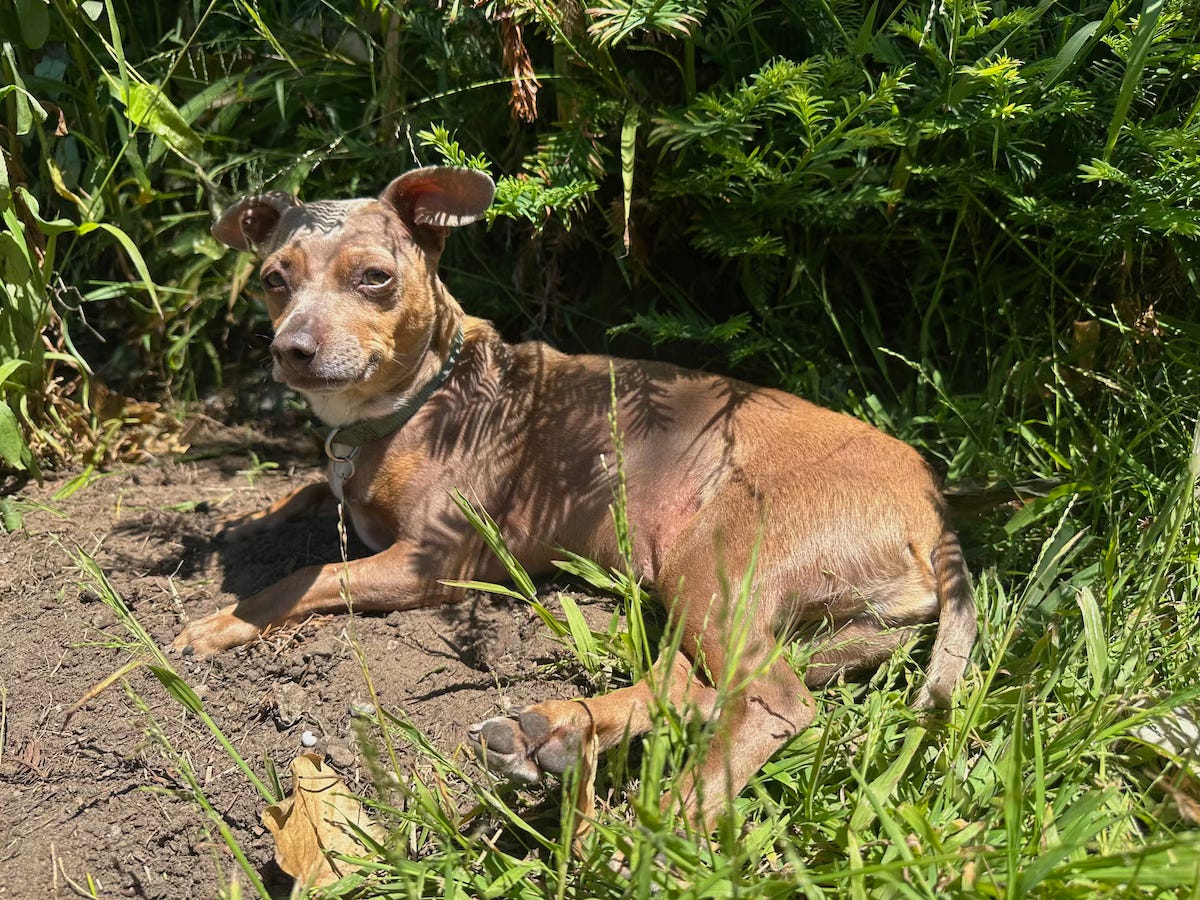
Essentials for those new to the world of Indoor Farming...
THE DIFFERENCE BETWEEN SPROUTS AND MICROGREENS
To us the difference is that with Sprouts we grow with nothing but water and we eat the entire crop (with the possible exception of hulls and roots that grow out the bottom of our Stainless Steel Sprouters) - and they are alive when we eat them. Microgreens are grown on a medium and we harvest them by cutting them just above that medium - at which point they move from alive to not. Raw, great, delicious - just not alive.
While I'm on this subject I need to explain why we have two different names for the same seed - like Broccoli Sprouts and Broccoli Microgreens. This is the same seed. The difference is that each crop has its own page - you go to the Broccoli Sprouts page to learn how to grow the seed into Sprouts and you go to the Broccoli Microgreens page to learn how to grow it into Micros.
This seed will also grow a full sized - which is like 3 feet tall and 2 feet wide - Broccoli plant in a garden - given the proper climate and encouragement.
SEED STORAGE
If you don't yet know how to get the longest life for your seeds - and prevent pests - visit our Seed Storage page. The best way to store seeds is in the freezer, but do not use the refrigerator as its humidity fluctuations can harm seeds. There's a bit more to it - so perhaps just visit the page =;-)
Grow to Live - Live to Grow.
Be well and happy.
Gil + Lori
Sproutpeople.org is an encyclopedic resource of our creation - for indoor farmers of Sprouts, Microgreens, and Grass. It is so enormous that it gives some the impression that we are a big business. The reality is that we are basically 2 people who eat and breath Sproutpeople - and 2 part-time helpers (one being our son). Our site has been online since 1996. It's the employee that allows us to serve all of you.
In addition to a section that teaches the Basics of Sprouting and Growing, a goodly section of Recipes, a bunch of Videos, and a whole lot more -
Every Seed and Mix we offer has a profoundly detailed page devoted to it. Those pages feature two sets of Growing Instructions (Brief for the experienced and Detailed for the not yet experienced), a Video, Photos of the crop growing day-by-day, Recipes, Crop Specific Notes, Nutrition Info, and quite a bit more. Each of our Supplies also has a detailed page.
Our vast content is organized with Tabs (on computer) and Pull-Down Menus (on mobile devices). Click/Choose, for example Detailed Instructions on the page you go to when you click any of the pictures surrounding this text - and you will be presented Seriously Detailed Instructions. Click around. Growing Photos. Notes. Recipes. Please let us share what we know.
We survive by selling on the internet, but we live to educate anyone who wants to learn about growing sprouts and microgreens. Learning is what the internet was actually built for, so we're really just doing our part.
Please enjoy sproutpeople.org






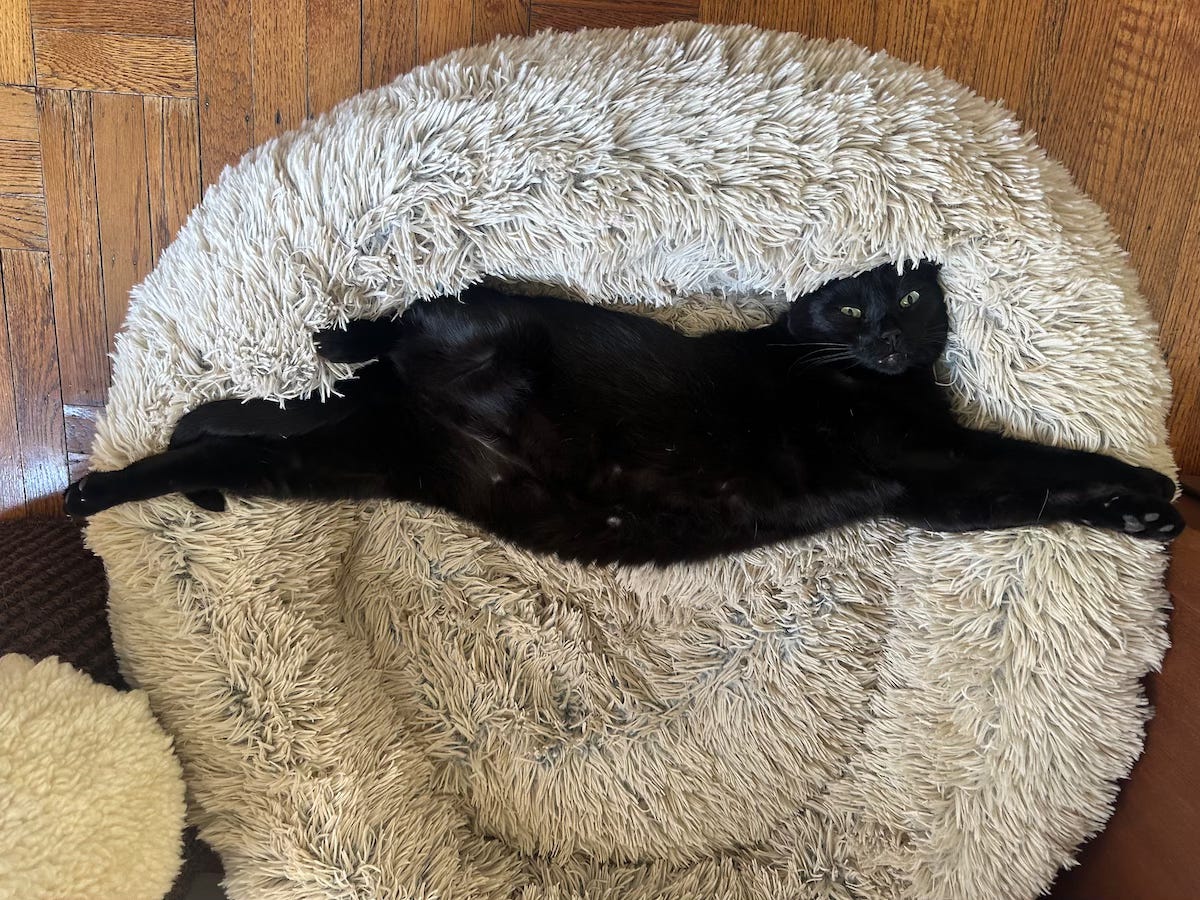



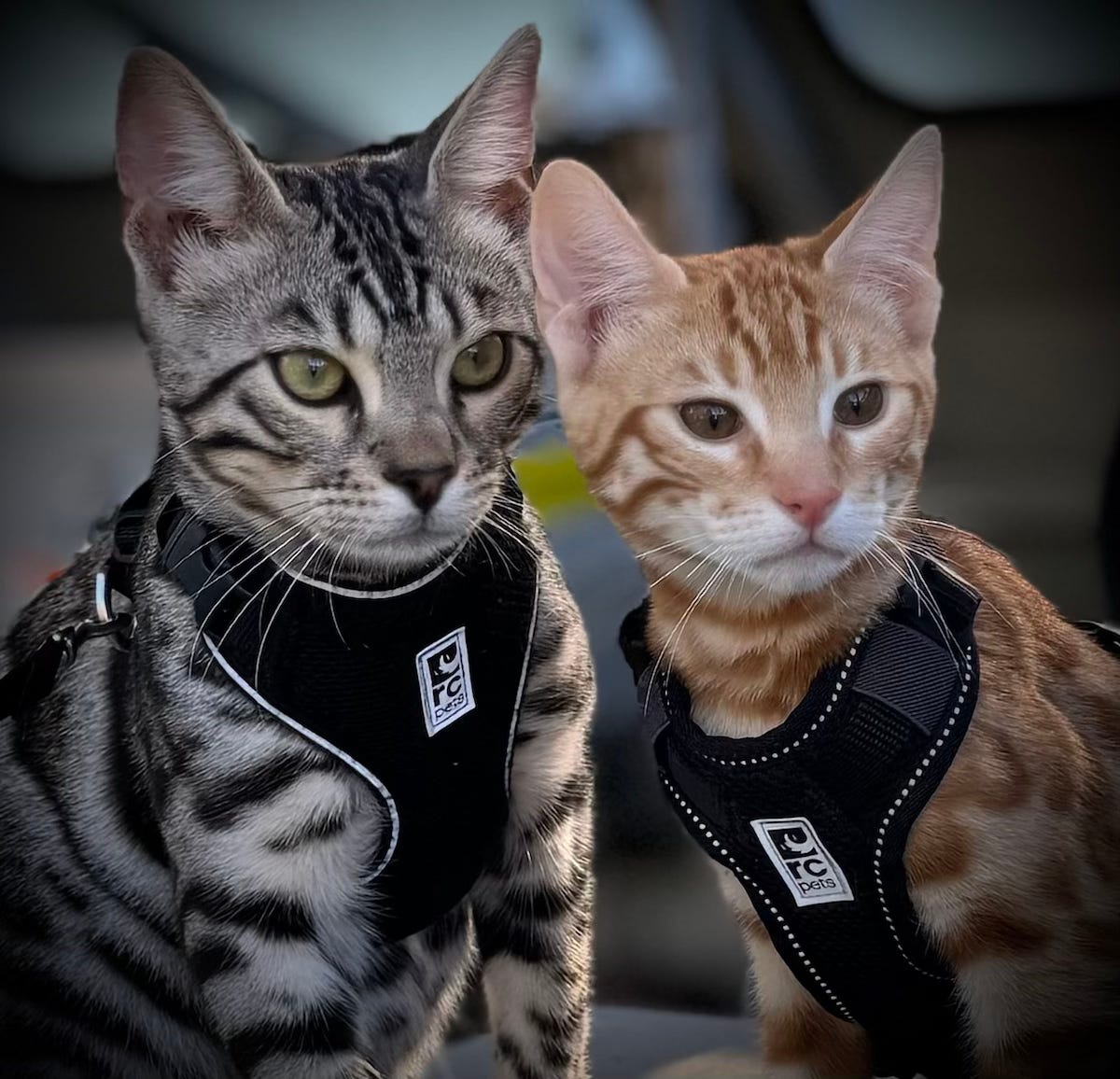

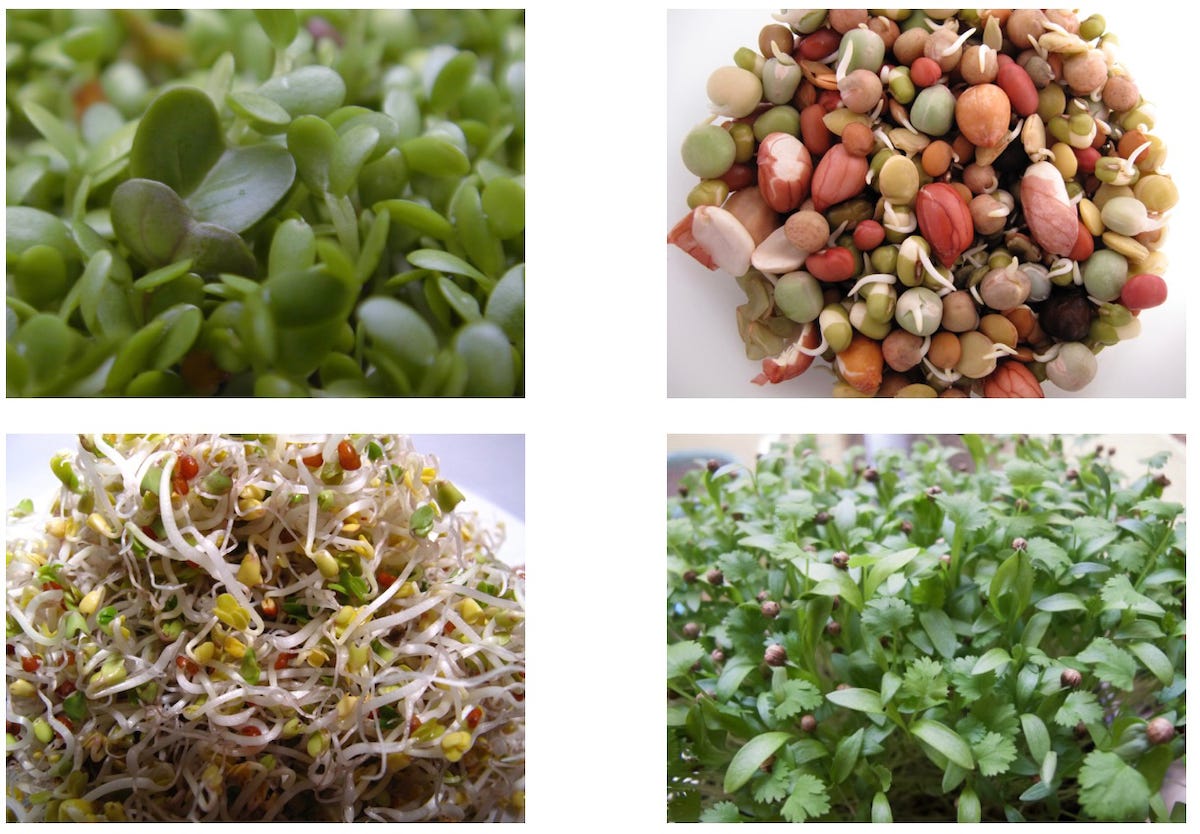
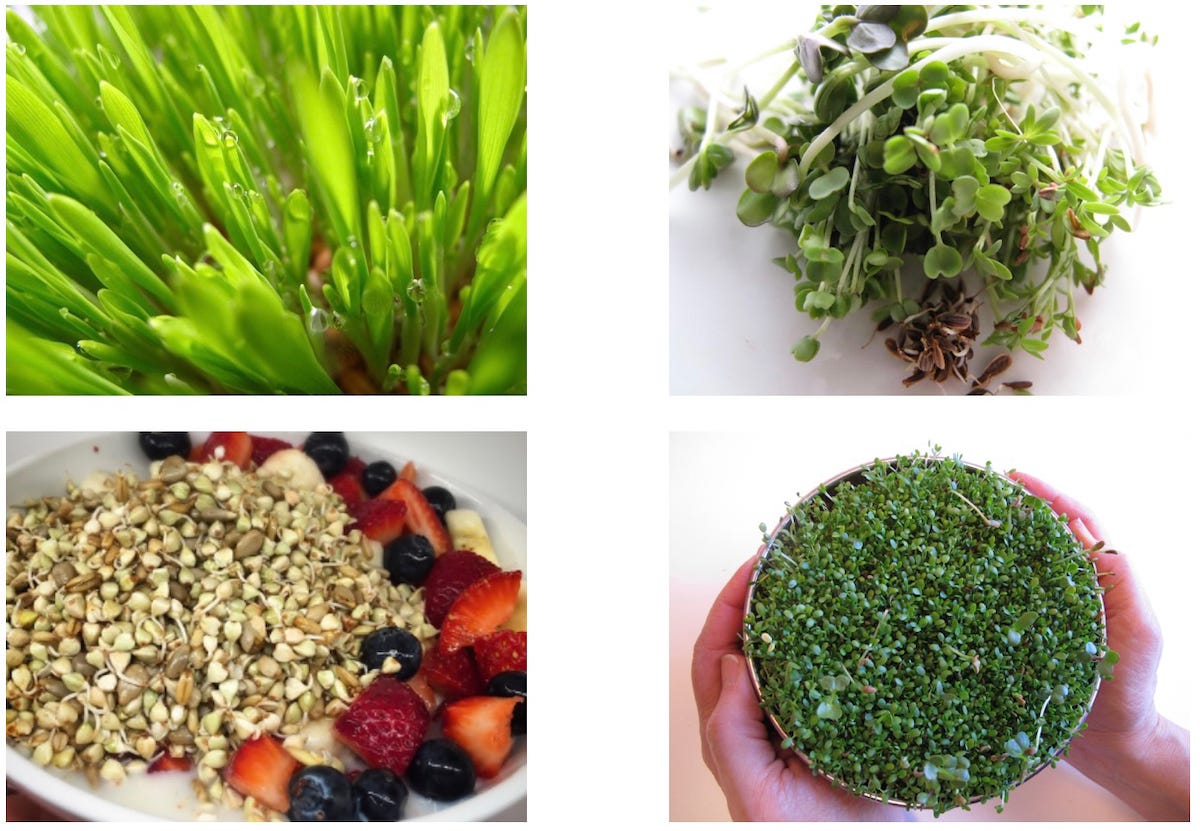

I absolutely love the pictures of Ira and all the cats. They are wonderful creatures and obviously love the photographer
In regards to sprouting in the heat: I use a gallon glass jug with a spigot and keep it in the fridge, then to rinse put it on something so it's elevated in the sink and hold the seed bag under the stream of water from the spigot.